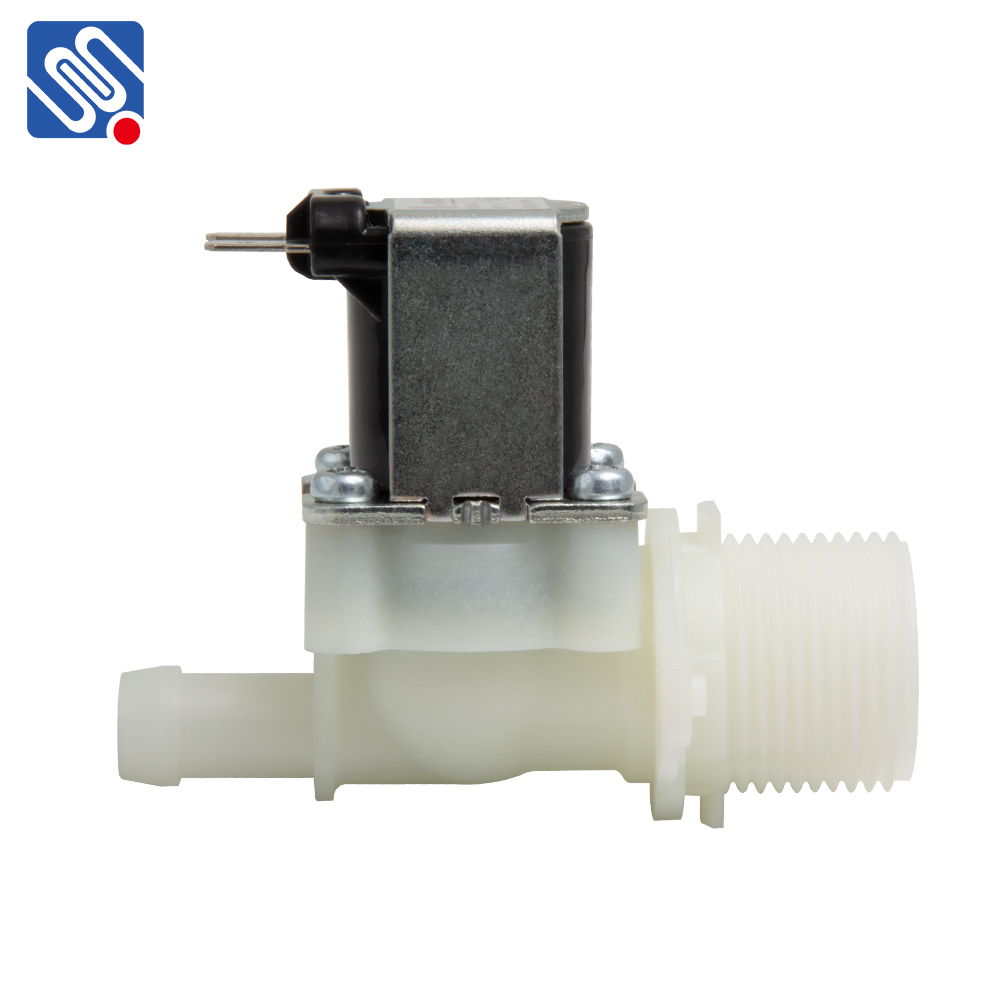Water Solenoid Valves are integral components in many systems that require automatic water control. These electrically operated valves regulate the flow of water in applications ranging from irrigation to industrial processes. With the advancement of automation technologies, Water Solenoid Valves are increasingly becoming a crucial part of controlling water flow in various fields, offering both efficiency and convenience. This article delves into the working principles, applications, and benefits of Water Solenoid Valves, shedding light on why they have gained widespread popularity.

What is a Water Solenoid Valve? A Water Solenoid Valve is an electromechanical device that opens or closes the valve using an electrical signal. It consists of an electromagnetic coil, a valve body, a valve core, and a spring. When an electrical current is passed through the electromagnetic coil, it generates a magnetic field that either pulls or pushes the valve core, changing the state of the valve. There are two primary types of solenoid valves: Normally Open (NO) and Normally Closed (NC). In the NO type, the valve remains open until the coil is energized, while in the NC type, the valve remains closed until energized.